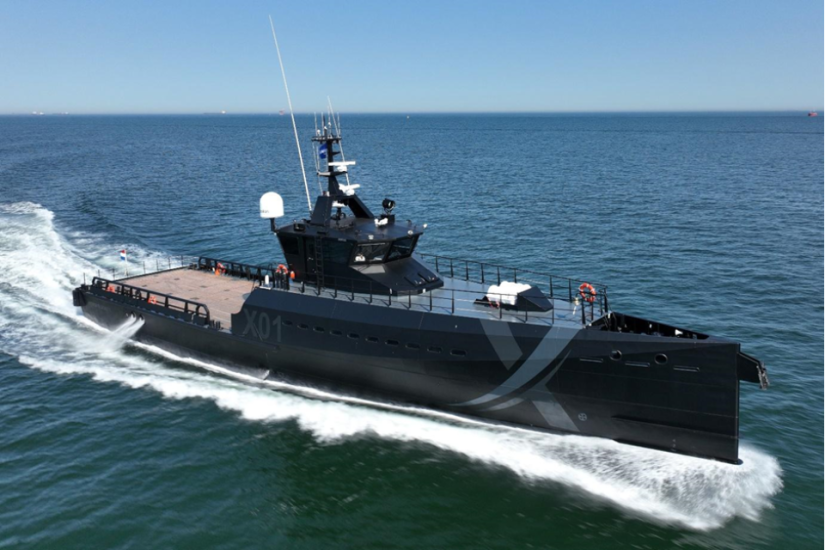In a case study, the UK Defence and Security Accelerator (DASA) has published details of LiveLink Aerospace’s counter-uncrewed aerial system (C-UAS) sensor unit that has been purchased for frontline use by the Royal Navy.
LiveLink Aerospace was supported by DASA funding to develop a concept into a working prototype. The drone sensor is designed to be low-cost and easily installed at fixed-sites, mobile-sites, vehicles and on vessels.
The purchase follows a trial undertaken on the Royal Navy’s experimental ship, XV Patrick Blackett. The system was the first to be trialled aboard the ship, which was commissioned in 2022 and serves as the Royal Navy’s test vessel for new technologies.
The DASA case study explains how LiveLink Aerospace first engaged with DASA through the 2020 Countering Drones: Phase 2 competition. “Run on behalf of the Home Office, the competition sought C-UAS innovations that could be integrated at fixed-site and mobile-site scenarios,” DASA said. “LiveLink Aerospace led a consortium to develop the scalable sensor unit for tracking multiple UAS – called Passive Detection & Ranging (PDAR). The PDAR system uses conventional software defined radios, integrated circuits that can be reprogrammed and an innovative implementation of Convolutional Neural Networks technology to detect radio frequencies (RF) emitted by drones. The senior unit itself is silent and does not emit RF emissions that could alert an adversary.”
With the help of AI and a command and control station, also developed by LiveLink Aerospace, data from each individual sensor is gathered and used to detect, alert and predict UAS threats and increase situational awareness in the operational area.
DASA says that when deployed alongside other sensors, the system can enable cooperative action to achieve faster threat scanning and greater range and accuracy of UAS threat detection. In addition, the core system can (with modular upgrades) also provide wider signals analysis and intelligence, full air surveillance, and alternative position, navigation and timing infrastructure.
“We were impressed how quickly and efficiently the Navy were able to progress the project from a field trial to a sea trial with the XV Patrick Blackett,” said Ben Keene, General Manager of LiveLink Aerospace in the DASA case study. “NavyX organised the sea trial in just days, and provided first rate engagement and engineering support throughout. We were slightly apprehensive when we heard we were the first technology to be tested onboard, but left very impressed by the quality and flexibility of the operation.”
DASA notes that LiveLink Aerospace is now expanding its team and recruiting more experts to enhance and meet the demand for the C-UAS system.
For more information
UK Defence and Security Accelerator
Image: LiveLink Aerospace’s C-UAS technology was trialled aboard the XV Patrick Blackett (DASA)




